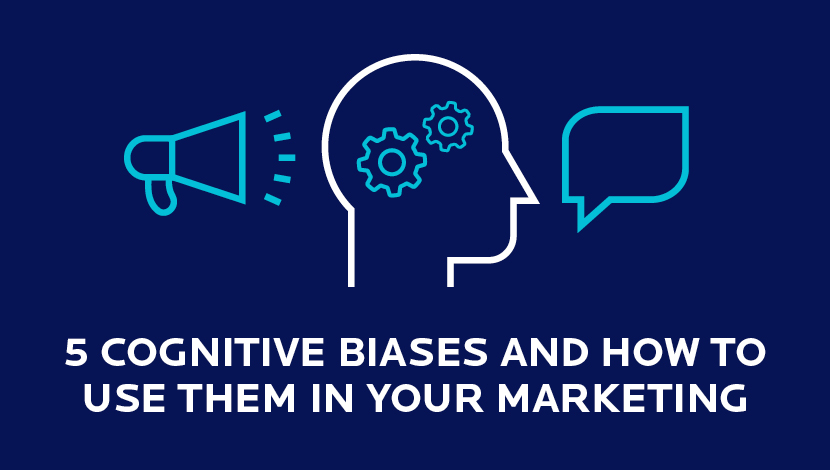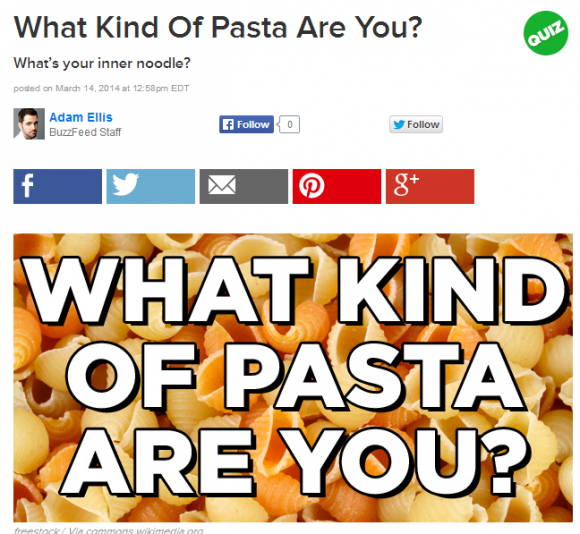
We all like to think we’re entirely rational and clearheaded at all times, right? But truth be told (and backed up by mountains of research), our choices are colored by preferences, emotions, beliefs, and some well-studied cognitive biases.
Cognitive Bias – A systematic error in thinking that occurs when people are processing and interpreting information.
You can use these little quirks of the human brain to craft marketing copy that effectively persuades your reader and drives them to action. Marketers have been leveraging cognitive biases for decades. Let’s examine a few:
1. Choice Overload
Given more choices, buyer satisfaction goes down.
Example: Two jam-tasting booths were set up in a grocery store. One had six options. The other had 24. The larger booth drew more customers, but only 3% bought jam. The small booth converted 30%.
Use in Marketing: It’s why you always see three pricing options when you buy or subscribe online. Visually distinguish any options you offer customers and put the most popular one front and center. On lead capture forms, reduce the required information down as much as possible.

2. Forer Effect
People find accuracy in “specifically tailored” copy that is actually vague and general.
Examples: Astrology, Fortune tellers, Buzzfeed quizzes.
Use in Marketing: You can use the Forer Effect to validate emotions and values you want the readers to associate with your topic. “You’re the kind of person who …” “You know the
importance of…” It can also be a tool for encouragement along the sales funnel: “Congratulations! You’ve taken the first step to improve your business.”

3. Loss Aversion
The pain of losing is twice as impactful as the pleasure of gaining. Sounds crazy, I know.
Example: To offset the feeling of losing $100 in the stock market, you would need to gain back $200.
Use in Marketing: Reframe wording around discounts and use FOMO (fear of missing out). Offer free trial periods or free consultations to build attachment. Remove the coupon field in online checkout if you don’t offer coupons. Instead of “Learn How to Make Better Lasagna,” it’s “Avoid These Common Lasagna-Making Mistakes.”
4. Mere Exposure Effect
We develop preferences for things merely based on familiarity with them.
Example: If people see “test” banners, favorability increases with frequency.
Use in Marketing: Frame your topic with things or people your audience is familiar with. Influencer marketing is a great way to leverage familiarity. If your brand/organization has a core message, don’t be afraid to repeat it again and again and again.
5. Bandwagon Effect
If everyone is doing something, we want to do it too.
Examples: “9 out of 10 dentists agree…” “Thousands have already discovered…” “Join our hundreds of happy customers…”
Use in Marketing: Testimonials…lots of them. And reviews. Include a section on your website with the logos of your biggest customers. User-generated content can also play up the Bandwagon Effect.

These and other cognitive biases are just pieces in the marketing copy puzzle. Combine ’em, tweak ’em, but don’t go overboard. They should play second fiddle to your core message. Think of them as the seasoning—the fresh Italian basil that sends your homemade spaghetti right over the top.
